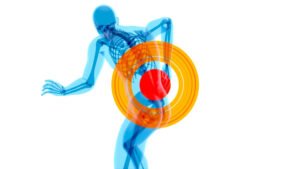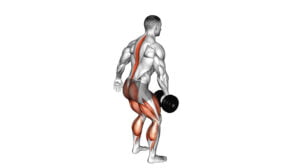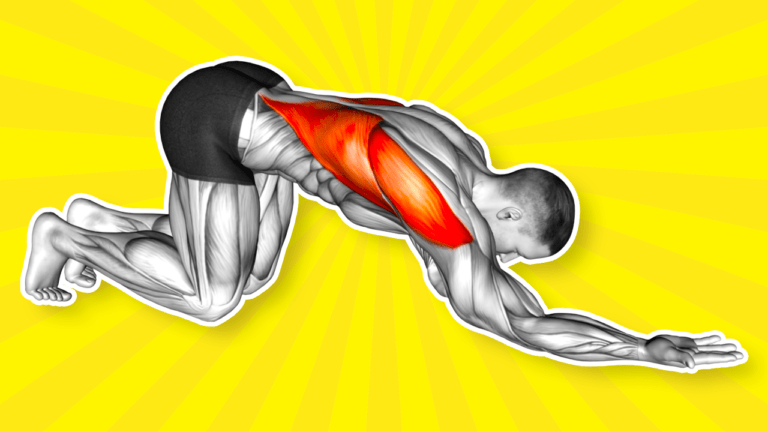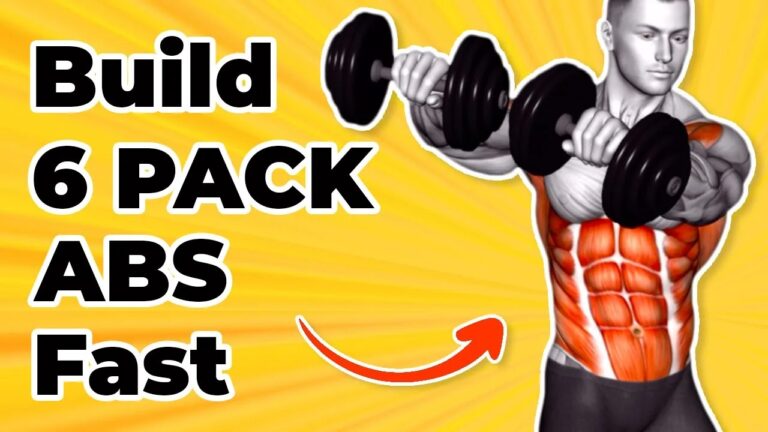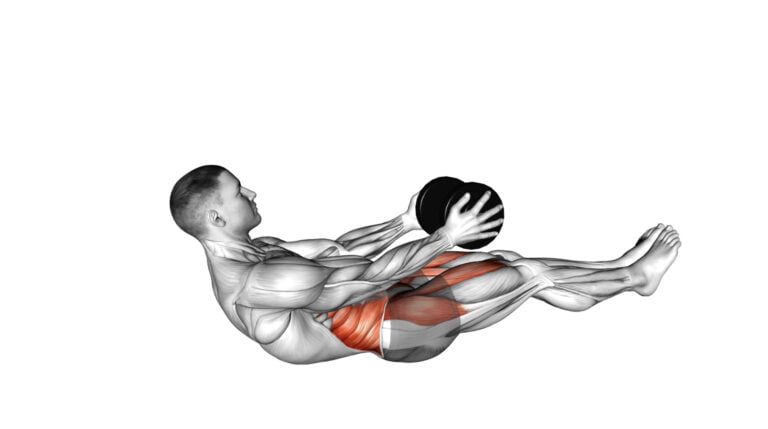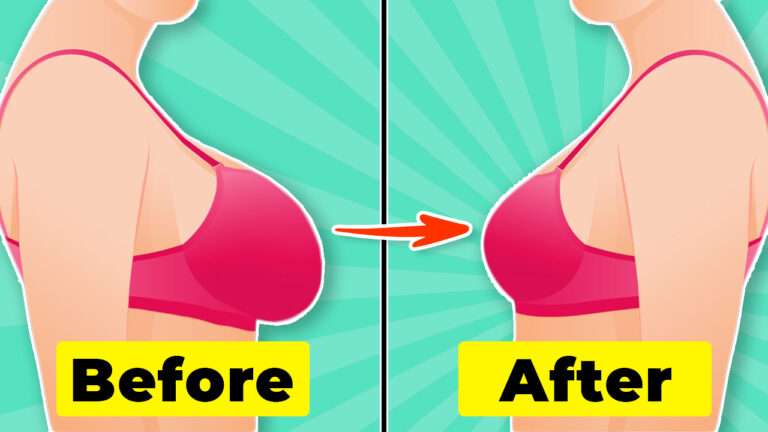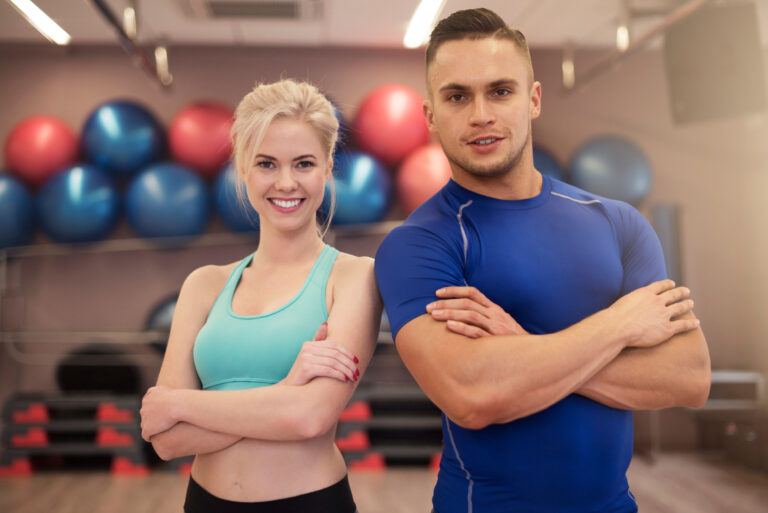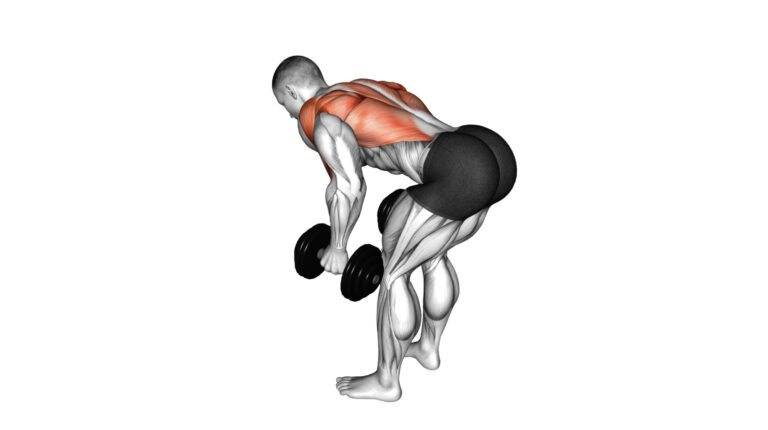Effective Quad Imbalance Exercises For Muscle Imbalance Relief
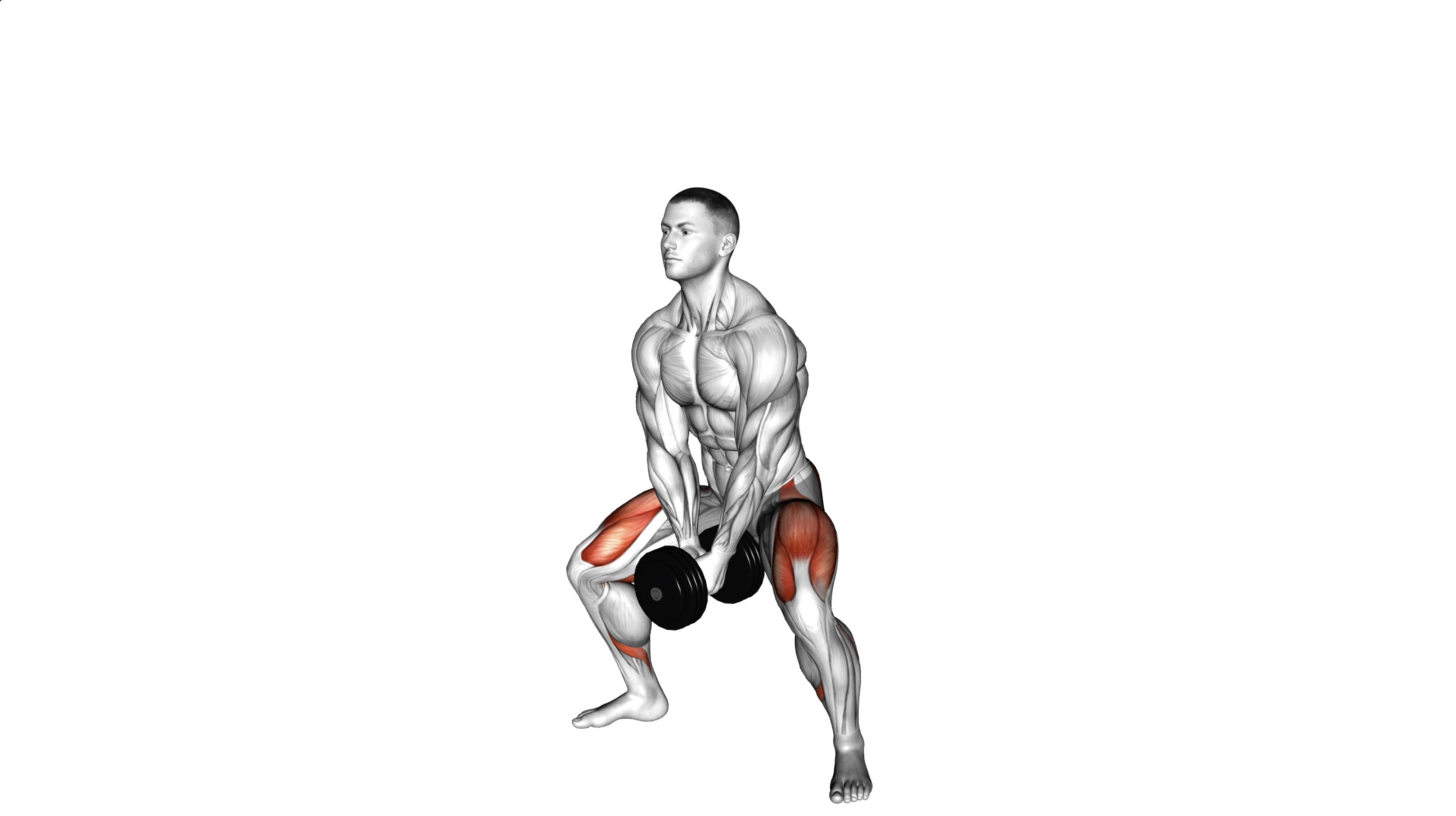
Muscle imbalances can throw a wrench in your fitness journey, especially when your quads dominate over other leg muscles. Quad dominance is not only common but also a critical factor that could slow down progress and increase the risk of injuries.
This piece shines a light on effective quad imbalance exercises specifically designed to bring harmony back to your lower body strength. Such exercises are key to boosting overall performance and ensuring each muscle gets its chance to shine.
Serg Bayracny stepped onto the fitness scene with a wealth of knowledge and experience under his belt. With over ten years dedicated to refining workout strategies and enhancing sports nutrition advice, Serg has become a go-to expert for those looking to elevate their physical condition.
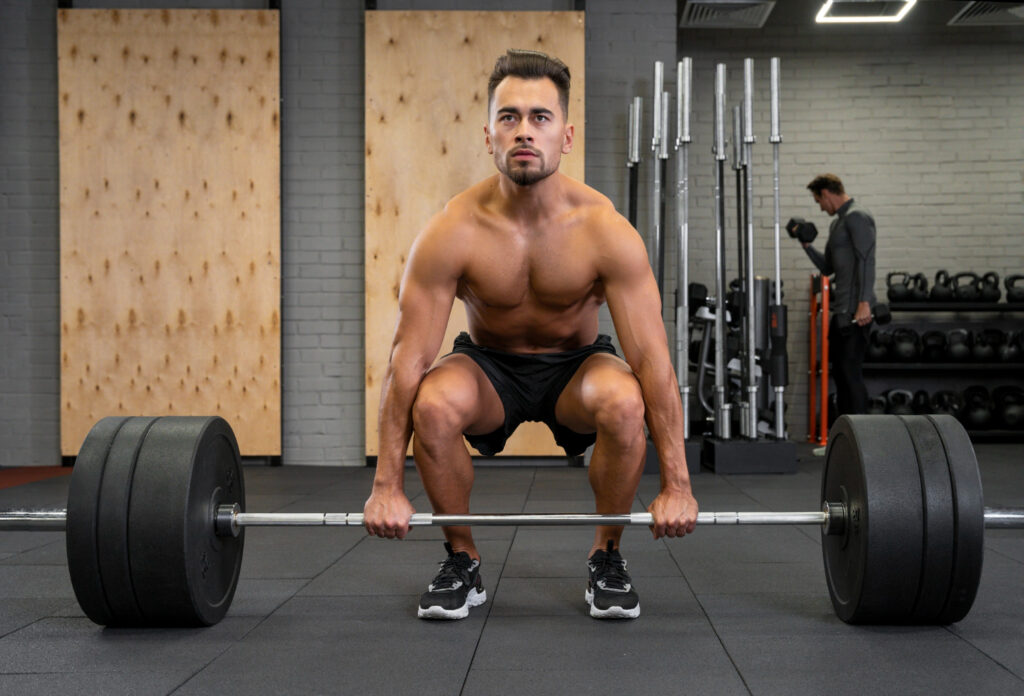
His approach combines practical know-how with science-backed methods, making him an authoritative voice in addressing quad dominance issues head-on. Ready to balance out? Let’s get started with these exercises.
Key Takeaways
- Quad dominance means your front thigh muscles are stronger than the back ones, which can cause injury. Doing exercises that balance muscle strength is key.
- Simple tests like checking if one side of your leg feels stronger during a squat can show quad dominance. Fixing it involves focusing on both quads and hamstrings.
- Exercises like Dumbbell Banded Wall Sit and Dumbbell Bar Grip Sumo Squat strengthen muscles evenly, preventing injuries.
- Adding exercises for weaker muscles into your routine helps fix imbalances. Bulgarian Split Squats and Smith Low Bar Squats are good options.
- Keep track of sets and reps to make sure you’re challenging your muscles enough to grow strong and balanced.
Understanding Quad Dominance
Quad dominance means your front thigh muscles are stronger than the muscles behind your legs. This can lead to strength imbalance. Many bodybuilders face this issue without even knowing it.
I’ve seen it a lot in the gym, with folks focusing on leg exercises that make their quads work more than their hamstrings.
To fix this, you need quad imbalance exercises that focus on making both sides of your legs strong. It’s like balancing a scale – you want both sides to be equal so you can stand, move, and lift things better.
Strengthening your weaker muscles helps prevent injuries and makes you a well-rounded athlete.
Identifying Quad Dominance
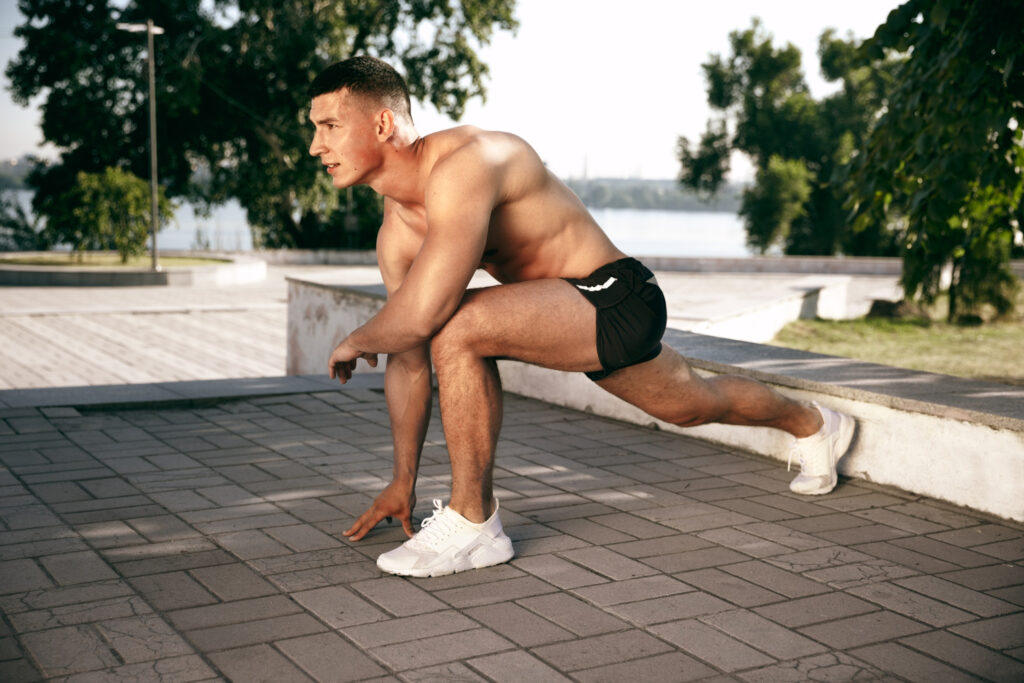
To spot quad dominance, you can do some simple checks. See if your front thigh muscles are much stronger than your hamstring muscles. This is a big sign. You might also notice that during squats or lunges, you lean forward too much.
Your body does this to let your stronger quads do more work.
I’ve seen many gym-goers struggle with keeping balance in their leg workouts. They often rely too much on their quads without giving enough attention to hamstrings and glute muscles.
A good way to test yourself is by trying single-leg exercises like the one-leg squat or lunge. If one side feels way harder, it might mean your muscle strength isn’t even across both legs.
In my journey from a newbie at the local gym to teaching fitness seminars, I learned how vital proper form and muscle balance are for bodybuilders wanting peak performance and injury prevention.
Always focus on balancing quad imbalance exercises with moves that strengthen hamstrings and glutes, – Serg Bayracny shares from personal coaching experience.
The Impact of Quad Dominance on Muscle Imbalance
Quad dominance can throw off the muscle balance in your legs. It makes your quads stronger than your hamstrings and glutes. This imbalance messes with how you move, run, or lift weights.
Your body tries to make up for this by putting more work on other muscles. Over time, this can lead to injuries or pain.
In my years of coaching bodybuilders, I’ve seen how quad dominance leads to problems like knee pain and lower back issues. To fix this, we use quad imbalance exercises. These help strengthen weaker muscles and restore balance.
A good mix of strength training and flexibility moves makes a big difference in getting your leg muscles working right together again.
Causes of Muscle Imbalances
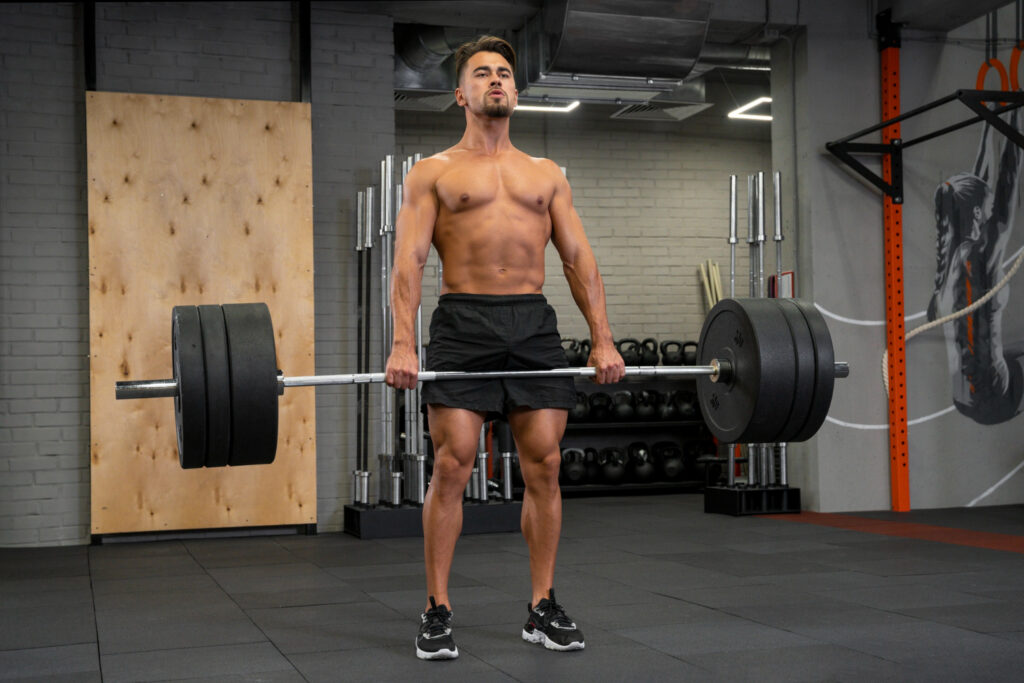
Muscle imbalances happen for several reasons. One big cause is doing the same exercises over and over. This makes some muscles stronger while others stay weak. For example, focusing a lot on quad strength can lead to neglecting hamstring strength.
Another reason is not moving enough during the day or sitting too much. This can make hip flexors tight and weaken glutes and hamstrings.
Bad posture also plays a role in creating muscle imbalances. If you slouch or lean forward often, it can affect your back and hips, making some muscles work harder than they should.
Injuries are another cause; when you hurt one leg, you might use the other more, leading to imbalance. To fix these issues, using quad imbalance exercises along with ones that target weaker areas helps bring back balance and reduces injury risk.
Quad Dominance Exercises for Muscle Imbalance Relief
Quad imbalance exercises are key for fixing muscle troubles. These moves help make your muscles work better and feel good.
1. Dumbbell Banded Wall Sit
Grab a dumbbell and a resistance band for this exercise. First, loop the band around your thighs. Make sure it’s snug but not too tight. Then, hold the dumbbell with both hands at chest level.
Lean back against a wall and slide down until your knees are bent at a right angle. Your feet should stay flat on the floor, shoulder-width apart.
Hold this position as long as you can. This move targets your front thigh muscles, helping fix muscle imbalances between them and your hamstrings. It strengthens your lower body without putting too much stress on your knees or back.
The addition of the resistance band makes your outer hip muscles work harder, promoting balance across different muscle groups.
2. Dumbbell Bar Grip Sumo Squat
For the Dumbbell Bar Grip Sumo Squat, hold a weight in each hand right at your sides. Your feet should stand wide apart, with toes pointing out. This stance looks like a sumo wrestler ready for battle.
Now, squat down low, keeping your chest up and back straight. This move targets your quads but also hits your hamstrings and glutes hard. It’s great for fixing muscle imbalance between these groups.
Strength does not come from winning. Your struggles develop your strengths.
In my ten years as a fitness coach, I’ve seen many bodybuilders struggle with quad dominance. The sumo squat helps because it forces all leg muscles to work together better. By using dumbbells in this exercise, you add more challenge to maintain balance—helping strengthen smaller muscles that support bigger lifts like squats and deadlifts.
3. Dumbbell Front Rack Lunge
Dumbbell Front Rack Lunge helps fix muscle imbalances between the front and back of your leg. You hold weights at shoulder height, step forward with one foot, and lower your body until both knees bend at about 90 degrees.
Then you push back up to start. This exercise works the quadriceps, hamstrings, and glutes all at once.
I tried this move after noticing my own quad dominance. It was tough at first but really effective over time. Not only did it strengthen my legs evenly, but it also improved my balance and flexibility in ways other exercises hadn’t before.
Lunges are now a must-do in my workout routine for keeping everything in check.
4. Smith Low Bar Squat
Smith Low Bar Squat is a great move for bodybuilders looking to fix muscle imbalances between the quads and hamstring. By placing the weight lower on your back, you engage the hamstrings and glutes more than a standard squat does.
This shift helps balance out leg muscles, making them stronger as one unit. Make sure to keep your knees behind toes and push hips back to get the most from this exercise.
The Smith Low Bar Squat isn’t just about lifting heavy; it’s about building a balanced foundation for strength.
This exercise calls for patience and focus on form. Each rep should be slow and controlled, aiming for depth while keeping the spine straight. It targets crucial areas needed for better posture, reduced injury risk, and improved performance in other lifts too.
So next time you’re at the gym, include this powerful squat variation in your workout routine to help even out those leg strengths.
Recommended Sets And Reps
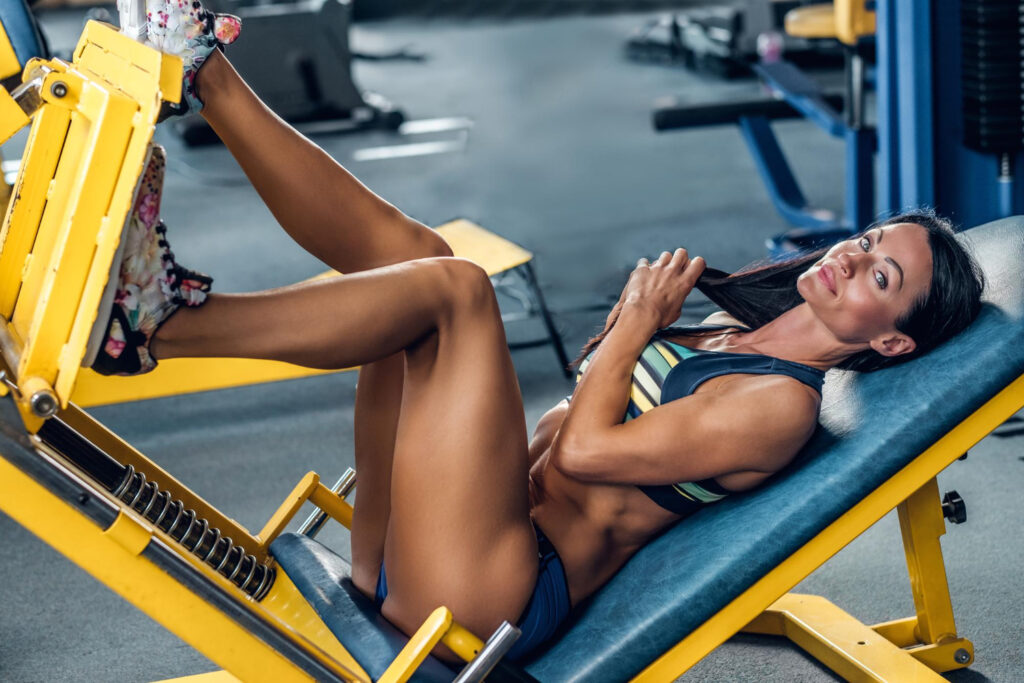
After going over the Smith Low Bar Squat, it’s time to talk sets and reps. This part is like your roadmap for building muscle and fixing imbalances. You don’t want to go in blind, right? Here’s the deal – I’ve seen many bodybuilders get stuck because they weren’t clear on how much work their muscles needed.
So, here’s a quick table idea without the fluff: Start light with exercises such as dumbbell banded wall sits or sumo squats. Aim for 3 sets of 8-12 reps if you’re just starting. For the more advanced moves like the front rack lunge and Bulgarian split squat, bump it up – think 4 sets of 10-15 reps each leg.
This approach helped me a ton when I first started coaching. It made sure my clients built strength evenly and avoided hamstring or knee issues.
Keeping track of your progress on paper or an app can be super helpful too! Trust me; seeing those numbers go up overtime is not only motivating but shows you’re on the right path to balancing out those quads and hamstrings perfectly.
Additional Exercises to Correct Quadricep/Hamstring Imbalances
We have some great quad imbalance exercises to fix the balance between your quads and hamstrings. These moves will help make both muscles strong and even. Check them out for a better leg workout!
1. Smith Lateral Step-up
The Smith Lateral Step-up revolves around a bar machine and helps build muscle in one leg at a time. You start by standing sideways next to the bar. Then, you step up onto the platform with the leg closest to it, pushing through your heel.
Your body lifts as your muscles work hard. After reaching the top, slowly go back down. This exercise targets not just your quads but also calls upon your hamstrings and glutes for support.
From personal testing in my training sessions, this exercise stands out for balancing strength on both sides of the body. Many athletes focus on front-and-back movements like squats but ignore side-to-side exercises.
The Smith Lateral Step-up fills that gap beautifully. It forces each leg to deal with weight individually, making it perfect for fixing imbalances between them.
2. Weighted Plates Bulgarian Split Squat
Weighted Plates Bulgarian Split Squat is great for fixing muscle imbalances. You stand in front of a bench and put one foot back on it. Hold weights at your sides to add challenge.
This move targets the quads, hamstrings, and glutes all at once. It also tests your balance, making both legs work hard but separately.
I’ve tried this exercise with bodybuilders who thought their legs were strong already. They were surprised by how tough it was! Using different weights can change how hard the exercise feels.
So start light then add more weight as you get better at it. Next up, let’s talk about Weighted Full Squat from Deficit to keep strengthening those leg muscles.
3. Weighted Full Squat from Deficit
To do a Weighted Full Squat from Deficit, you’ll need to stand on something raised, like stacks of flat weights. This makes your body drop lower than usual in a squat. It’s tougher but really good for making your leg muscles strong and balancing them.
Your legs will move through a bigger range of motion, which helps all parts of your quads get stronger and more flexible.
Start by holding weights at your sides or in front of you. Keep your feet hip-width apart on the raised surface. Then, squat down as deep as you can go without losing form. Push back up to the starting spot.
This exercise not only targets the big muscles in your thighs but also involves the hamstrings and glutes, promoting balance across all muscle groups involved in knee movement and stability.
4. Barbell Lateral Lunge
Moving on from the full squat, let’s shift our focus to the barbell lateral lunge. This exercise targets your leg muscles in a way that few others can. It helps correct imbalances by working each side of your body independently.
The barbell lateral lunge is key for those who wish to improve their movement patterns and muscle balance. You hold a bar across your upper back, step to the side, and bend one knee while keeping the other straight.
This move hits the quads, hamstrings, and gluteus medius hard. It’s great for anyone looking to strengthen their legs evenly.
In my years coaching athletes at various fitness levels, I’ve seen how crucial lateral movements are for overall strength and stability. The barbell lateral lunge stands out as a must-do for correcting those common quad-hamstring imbalances.
Mastering movement in all directions is essential for true athletic ability.
5. Barbell One Leg Squat
Barbell One Leg Squat is a tough exercise that helps fix muscle imbalances. You use a barbell and balance on one leg, then squat down. This move targets your quads, hamstrings, and glutes.
It makes one leg stronger at a time.
Doing this can improve how you walk or run. It also makes both legs equally strong. Balance is key here. So, start with light weight to keep safe while pushing your limits slowly.
Recommended Sets And Reps
So, we’ve talked about exercises like Barbell One Leg Squat. Next up is how many sets and reps to do. This is key for growing strength and fixing muscle imbalances.
From my own gym time, I found a sweet spot for most of these moves. For starters, aim for 3 sets of 8-12 reps each exercise. If you’re working on the Dumbbell Banded Wall Sit or any squat variation, push for longer holds or more reps as you get stronger.
Keep a close eye on form—especially with lunges and squats—to make sure both legs work hard but safely. Adjust your weights as needed; if the last few reps aren’t challenging, it’s time to level up.
This table isn’t set in stone. Test things out and see what gets you feeling balanced and strong. And talk to a coach if you’re not sure—you want those gains without any strains.
Conclusion
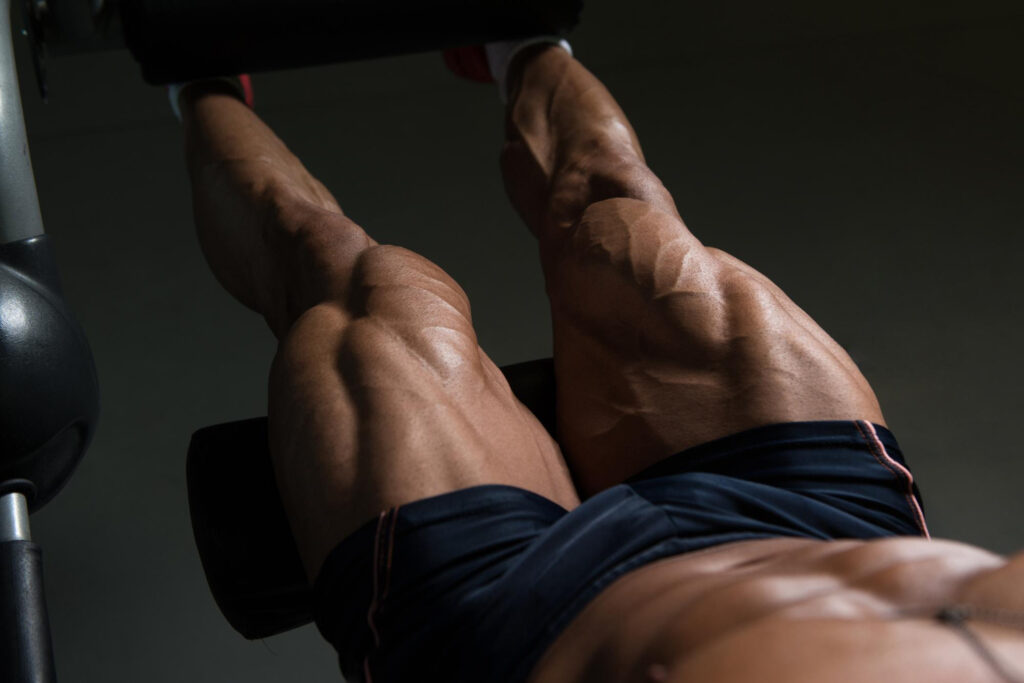
You now know a lot about quad imbalance exercises. These moves are easy and work well. They make your muscles better balanced. Doing them can keep you from getting hurt and help your body feel great.
For more tips, talk to a physical therapist or look for fitness guides. Keep working out smart and keep learning new ways to get stronger!
FAQs
1. What are quad imbalances?
Quad imbalances happen when your quadriceps muscles, in the front of your thighs, are stronger than your hamstrings, at the back. This can mess with how well your knee works and might lead to injuries.
2. How can I tell if I have a muscle imbalance?
To test for muscle imbalances, you could do specific exercises like single-leg squats or look at how you perform in hamstring curls and leg extensions. If one side feels harder than the other, you might have an imbalance.
3. What exercises help fix quad and hamstring imbalances?
Great question! Exercises like hip extensions, Nordic hamstring moves, and single-leg squats strengthen both quads and hamstrings. They help make sure both sets of muscles work together better.
4. Why is it important to focus on both strength and flexibility?
Focusing on both makes sure your muscles work best together… It helps prevent injuries by making sure no muscle is too tight or too weak compared to its partner.
5. Can these exercises be done at home without equipment?
Yes! Many of these exercises—like bodyweight squats or lunges—don’t need any special gear. You can easily do them at home.
6. Should I see a physical therapist for my muscle imbalances?
If you’re not sure about what to do or if doing these exercises makes pain worse, seeing a physical therapist is a smart move… They can give you specific advice tailored just for you.

Author
Years ago, the spark of my life’s passion ignited in my mind the moment I stepped into the local gym for the first time. The inaugural bead of perspiration, the initial endeavor, the very first surge of endorphins, and a sense of pride that washed over me post-workout marked the beginning of my deep-seated interest in strength sports, fitness, and sports nutrition. This very curiosity blossomed rapidly into a profound fascination, propelling me to earn a Master’s degree in Physical Education from the Academy of Physical Education in Krakow, followed by a Sports Manager diploma from the Jagiellonian University. My journey of growth led me to gain more specialized qualifications, such as being a certified personal trainer with a focus on sports dietetics, a lifeguard, and an instructor for wellness and corrective gymnastics. Theoretical knowledge paired seamlessly with practical experience, reinforcing my belief that the transformation of individuals under my guidance was also a reflection of my personal growth. This belief holds true even today. Each day, I strive to push the boundaries and explore new realms. These realms gently elevate me to greater heights. The unique combination of passion for my field and the continuous quest for growth fuels my drive to break new ground.





